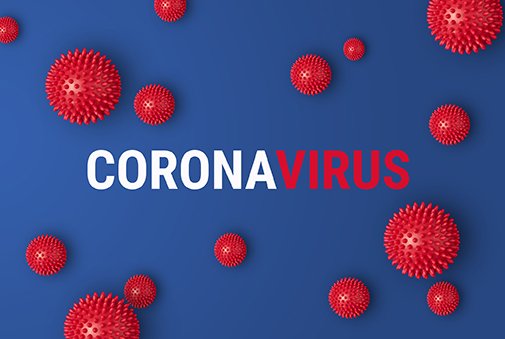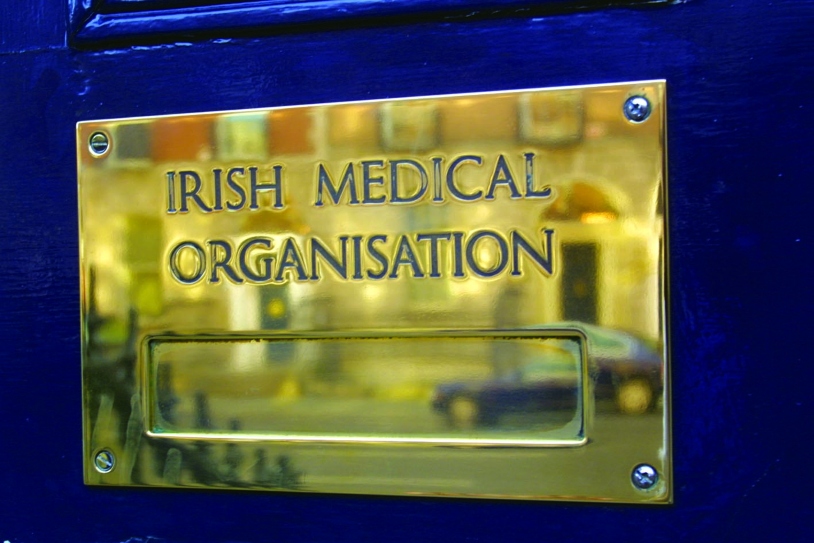HSE guidelines for Covid-19 testing are restrictive and fail to take account of other manifestations of the disease, a leading expert has claimed.
According to Prof Gerry Killeen, AXA Research Chair in Applied Pathogen Ecology at UCC School of Biological, Earth and Environmental Sciences, the guidelines are for “stereotypical manifestations” in patients.
He noted a study published in BMJ Global Health showing that in households with a Covid-19 positive patient with diarrhoea this increased the risk of transmission four-fold.
“Diarrhoea as a symptom in the primary case is also a risk factor for SARS-CoV-2 trans- mission within families, which highlights the importance of disinfection of the bathroom and toilet, as well as closing the toilet lid when flushing to prevent aerosolisation of the virus,” the study concluded.
Researchers have pointed to the benefits of rectal swabs in making a diagnosis of Covid-19.
A small study from China revealed that eight children persistently tested positive on rectal swabs after nasopharyngeal testing was negative.
An evidence summary produced by the HSE on rectal swabs states that: “Prolonged faecal shedding in infected patients even after viral clearance in the respiratory tract indicates that stool testing should be considering in patients with Covid-19”.
“Some patients test positive on rectal swabs in the first days of Covid-19 onset which points towards the usefulness of rectal swabs at the very onset of the disease to confirm or even diagnose Covid-19”.
The test currently used by the HSE is the reverse transcription polymerase chain reaction RT-PCR test, with swabs taken from the throat and nose.
Studies from China have shown that the false negative rate associated with the test can be as high as 30 per cent.
Separately, a systematic review of the accuracy of tests reported a false negative rate of between two and 29 per cent.
No test is 100 per cent effective, Prof Killeen advised, adding that is why it was important to “keep testing” in some cases.
Meanwhile, Prof Killeen, who has called for a complete elimination of the virus, said a second wave is “more or less guaranteed”.
“We will see spikes that could turn into a wave if not addressed quickly,” he warned.
He added that all routes of transmission required attention as part of attempts to eliminate spread of the virus, including fomites and airborne aerosols, even if they only account for smaller proportion of transmissions.













Leave a Reply
You must be logged in to post a comment.